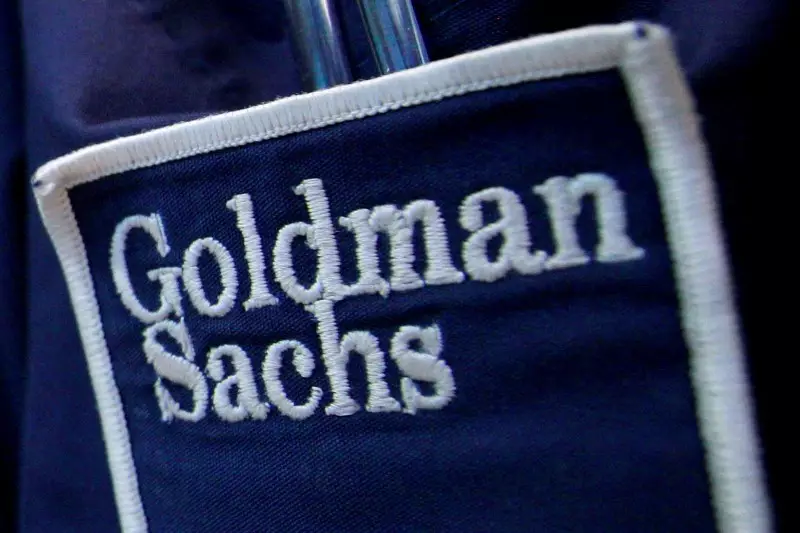Goldman Sachs recently provided a framework for assessing the U.S. economic climate as the year 2025 approaches, raising pertinent questions about GDP growth and various economic indicators. Their projection suggests a GDP growth of 2.4% for 2025, which exceeds the consensus estimate of 2.0%. This optimism is largely rooted in expected gains from robust private domestic demand and an increase in business investments, particularly driven by advancements in artificial intelligence and supportive federal measures like the Inflation Reduction Act. This indicates a potentially vibrant economic environment, contingent on sustained consumer and business enthusiasm.
Consumer spending is a foundational pillar of economic growth, and Goldman Sachs is bullish about its trajectory. They predict a 2.3% rise in consumer spending in 2025, attributing this to strengthened real income levels, a resilient labor market, and positive shifts in the wealth effect due to rising equity markets. The interplay of these factors suggests a consumer base that remains confident and willing to spend, a crucial element for sustained economic momentum.
Contrary to pervasive fears of a significant deterioration, Goldman Sachs projects that the labor market will exhibit stability, with the unemployment rate potentially decreasing slightly to around 4% by the end of 2025. This perspective challenges the narrative of an impending downturn, highlighting strong demand growth coupled with a slowdown in immigrant labor supply. Such a scenario reflects the complexities of labor dynamics in the U.S., with implications for wage growth and employment opportunities.
Inflation and Interest Rates
Inflation, a critical concern for policymakers and investors, is forecasted by Goldman Sachs to ease to 2.1% for core Personal Consumption Expenditures (PCE) by year-end 2025, discounting tariff impacts. This decline is expected as wage pressures dissipate and previous inflation spikes stabilize. Concurrently, the bank anticipates three rate cuts from the Federal Reserve in 2025, indicative of a belief that inflationary pressures will not only moderate but will do so substantially enough to allow for looser monetary policy.
The political landscape also looms large in economic forecasts. Goldman Sachs raises questions about the interactions between President-elect Trump and the Federal Reserve, suggesting a consensus that radical moves against Fed Chair Powell are unlikely. This signals a political calculation aimed at stability in economic policies. Furthermore, immigration policies are projected to tighten, with net immigration dropping to approximately 750,000 annually. Such a trend could have ramifications for the labor market and overall economic growth.
Trade tensions remain a concern, particularly with regards to tariffs on Chinese imports. Goldman Sachs expects that while higher tariffs may be imposed, a comprehensive tariff system is unlikely due to potential economic backlash. Moreover, the outlook on the federal budget seems bleak, with expectations of persistent deficit levels amid challenges such as tax cuts and defense spending. This complex fiscal landscape reinforces the idea that economic growth will need to navigate alongside significant political and social realities.
Goldman Sachs presents a multi-faceted view of the U.S. economy in 2025, characterized by cautious optimism. The interplay of consumer behaviors, labor market dynamics, inflation, and political developments will shape an intricate economic tapestry that stakeholders must navigate in the coming years.

